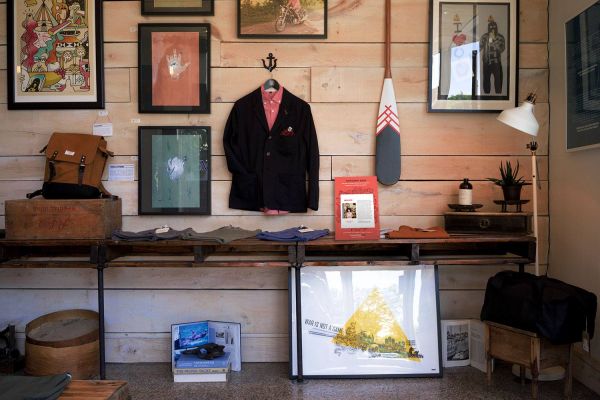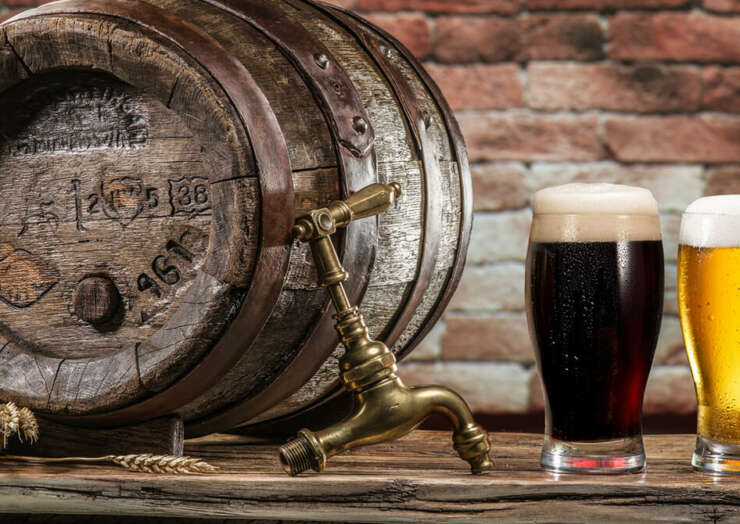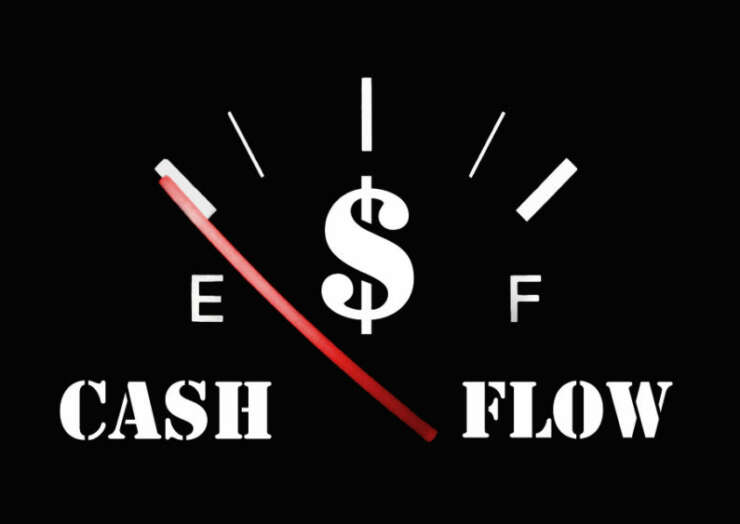Retailers have historically dominated the commerce landscape. Several years ago, industry trends and top products were set by the stores selling them.


Retailers have historically dominated the commerce landscape. Several years ago, industry trends and top products were set by the stores selling them.

Inaccurate information about your company’s expenditure can greatly inhibit your capacity to make and maintain a successful business.
China-watching is mandatory for many people in business.
The world’s most-populous nation looms large on the global stage in politics, commerce and sport. Its 300 million aspiring middle class citizens – still a small part of the total population – are increasingly sophisticated in their consumer activities, travelling a lot more and further, and pursuing business interests on all continents and the South Pacific region.

It’s time to address a subject that a lot of companies fail to notice or incorporate into their business planning – the costs of carrying inventory. Inventory costs money to purchase, this much is a given; however the cost of the inventory goes far beyond that. Typically, (if accurate values are not calculated on a case-by-case basis) the total carrying costs of a product are 25% of its value and composed of capital costs (15%), storage costs (2%), servicing and handling costs (2%) and the cost of risk (6%). Let us look at these different components of inventory carrying costs more closely.

When considering a business loan, most people will evaluate affordability based on the advertised interest rates. But the truth is that if you compare only the interest rates, you could waste money, or end up with a deal that isn’t the best fit.

The craft beer revolution has sparked a unique production for breweries both small and large. Beer drinkers everywhere are seeing an emergence of eccentric flavors and quirky names fill the taps at their local pub. Not only are beer drinkers seeing this emergence, they are demanding it and as a result craft beer has become increasingly popular over the past few years. This popularity has sculpted the way breweries are operating. Craft beer may be infused with peculiar hues, notes and suggestions of ingredients we never would have thought to be vaguely compatible with beer, yet a few staples remain intact in the beer brewing process.

This is the second article in a series of posts about RADAR, a new debtor analysis and cash flow advisory tool for accountants from Debtor Daddy. This article focuses on two pieces of information available in RADAR, Debtor Days and Cash per Day.

This is the first article in a series of posts about Debtor Radar, a new debtor analysis and cash flow advisory tool for accountants from Debtor Daddy. If you’re an accountant you’ll be able to learn more here.
Our goal with Debtor Radar is simple: Help more small businesses solve the cash flow troubles caused by debtors.

If you’ve just appointed your first fresh-faced Gen Zeds to your staff (anyone who’s just out of school and are aged 15-19), you could have up to five different generations to manage at work. In fact, these days, it’s not at all uncommon to have a wide range of generational diversity.

We’ve all been there before. You’ve called about those overdue invoices once, maybe twice, maybe three times, and payment still hasn’t been made.
What to do next? Throw up your hands in despair? Give up on it as a lost cause? No way, Jack. Not in this economy.